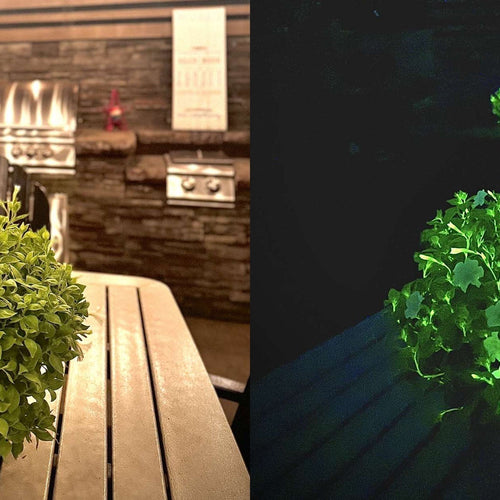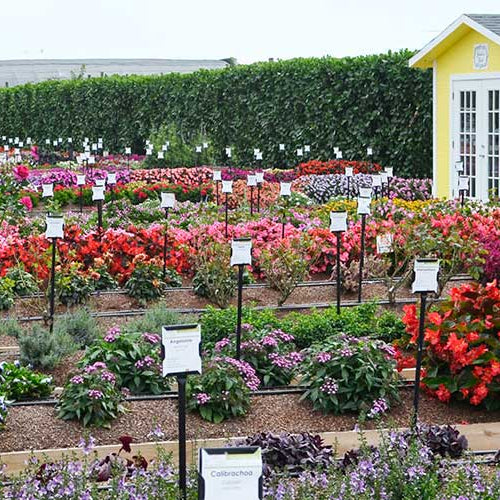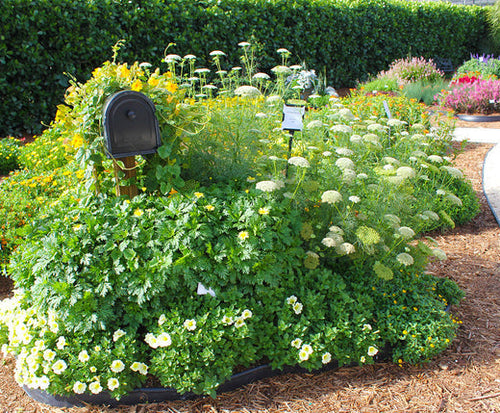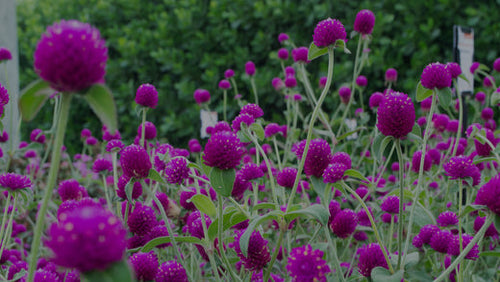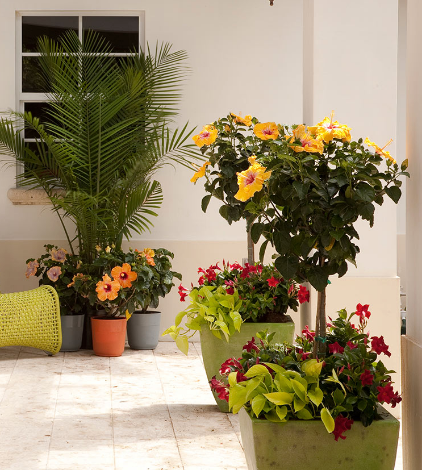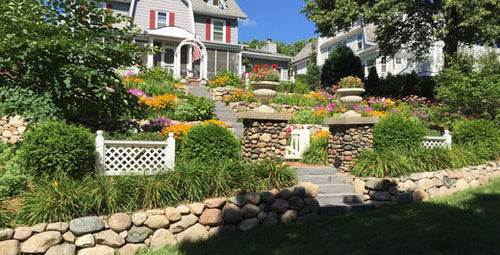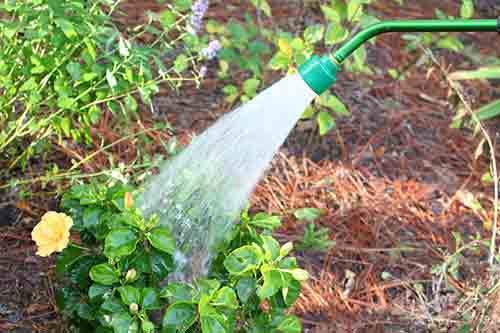 By Justin Hancock
By Justin HancockOnce you’ve decided you want to increase the value and curb appeal of your home with perennials comes the fun part -- planning. It’s easy to want to start at the garden center and bring home lots of pretty perennials, but I promise that a little planning up front will make your perennial garden more beautiful and easy to care for.
Start be deciding where you want to grow your perennial garden. Do you want a perennial bed in your front yard to improve your home’s appearance and curb appeal? Or do you want to create a private sanctuary of flowers in your backyard? Do you want to plant perennials in that spot under a large tree where you never can get the lawn to grow well? Or do you want to plant perennials in the parking strip between the street and sidewalk because you don’t like to mow it?
I’ve helped design dozes of perennial gardens, and found that people are always happiest with their landscapes when the landscapes reflect their owners. So don’t skip over this step of the process.
Lay Out Your Perennial Garden
Beginning with where you want to grow your new perennial garden is key because it will help you pick the right plants later on. It also helps you with a sense of space and exactly how large you want your perennial garden to be. If you’re a new gardener, I recommend starting small. It’s easy to jump in head over heels and get overwhelmed. Remember: You can always add more perennials every year as you grow more experienced and confident. One thing I’ve found is really helpful in deciding where to start is to lay out the shape of your new garden bed with a watering hose, line of flour or salt, or even special paint made for making landscapes. Deciding the size, shape, and placement of your garden can save you a lot of work before you start digging holes. It also helps you budget properly because when you know the size of your garden before you shop, you'll know exactly how many plants you'll need to buy.
Prepare the Planting Bed
Once you’ve settled on the location, shape, and size of your perennial garden, you’ll need to prepare the soil for your plants. If you have grass growing in that area now, remove it with a flat spade. My personal technique is to use the spade to make a 2- by 2-foot outline in the grass, then insert your spade 3 or 4 inches deep in the soil and push it horizontally, so you cut off the roots and end up with a flat square you can pick up like a piece of sod. You can transplant this grass to other areas of your yard that might need it or compost it. Repeat the process, digging out squares until you have a grass-free area for your garden bed. (It's a great workout!)Alternatively, you can place your new garden on top of the grass. This is a particularly useful strategy if you have poor soil. In this case, cover the lawn where you want your new perennial bed with a thick layer of newspaper or corrugated cardboard. Then layer some compost over the top of the newspaper/cardboard, and finish with a 1-foot-deep (or more) layer of topsoil.
To keep nearby grass from invading your new perennial garden, I also recommend using edging. The deeper the edging, the better. You should be able to find several types of landscape edging available at your local garden center. One of the most common types you’ll see is black plastic edging sold in a roll. The edging is inexpensive and often around 4 inches deep. In my experience, this is rarely worth it, especially if you live in a cold climate as the process of the soil freezing and thawing throughout the winter will push the edging up and out of the ground.
Get more tips for keeping your garden free of weeds.
If you don’t want to purchase edging, you may be able to find reclaimed materials to use. For example sinking a course or two of bricks in the soil can create a fine edge.
To give your perennials the best-possible start, you may wish to amend your soil with compost or another form of organic matter. This is especially useful if you have ground that has a high clay or sand content.
Use these steps to plan your perennial garden to get off to a successful start!





